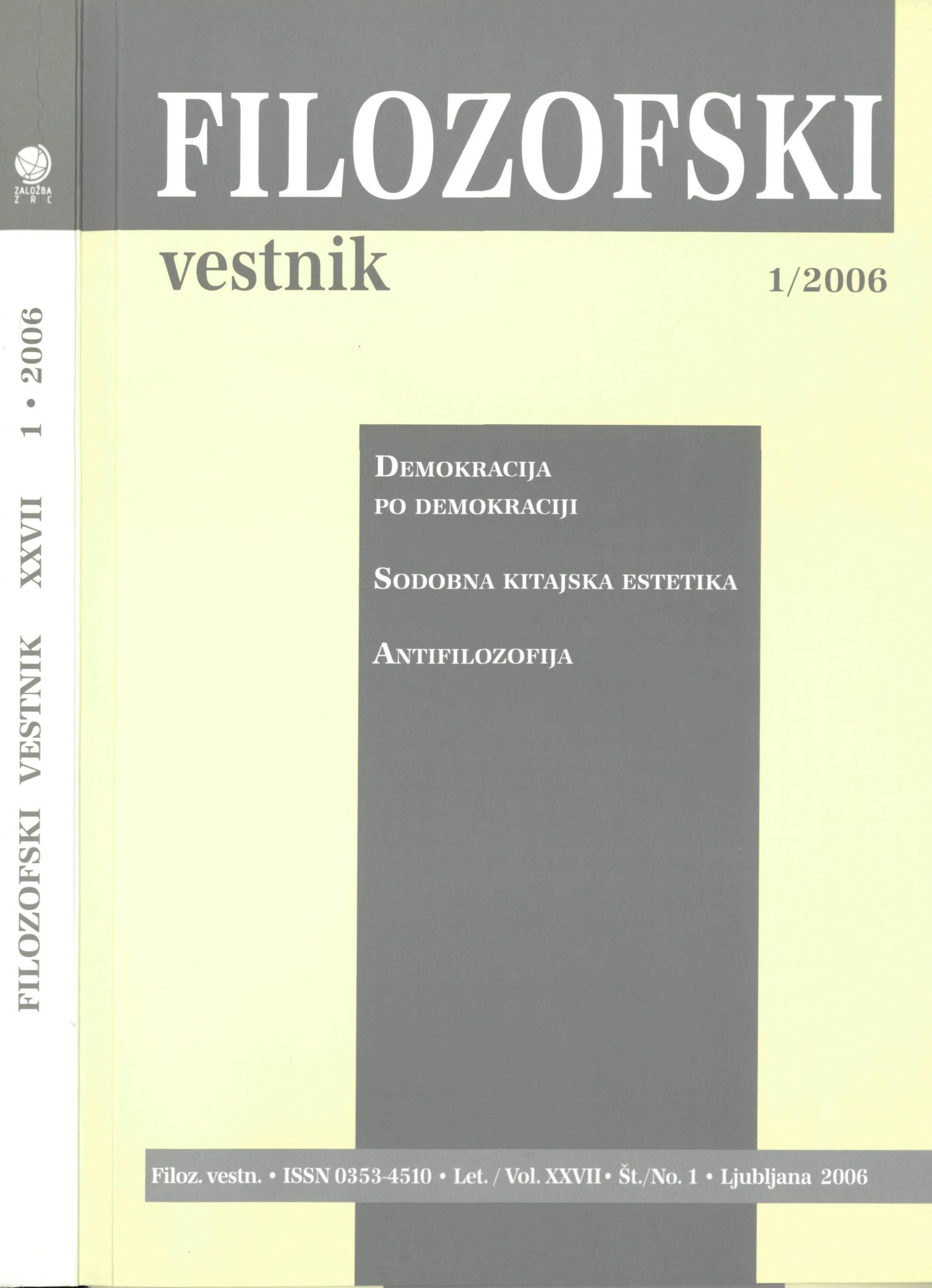How to Understand Chinese Aesthetics
Keywords:
aesthetics, China, modernity, premodernity, postmodernityAbstract
Today to understand Chinese aesthetics necessitates locating it in the international context of aesthetics. Based on the semiotic differentiation among the premodern, the modern, and the postmodern, Chinese aesthetics is located in the international context. Undeniably, the modernization of Chinese aesthetics is the transformation of traditional Chinese aesthetics into modern western aesthetics. Because of the entrenched ideas from traditional Chinese aesthetics and Chinese Marxist aesthetics, the modern transformation of Chinese aesthetics faces many challenges; hence Chinese aesthetics still retains some features of the premodern. since there are some similarities in semiotic structure between premodern and the postmodern aesthetics, they can join forces against modern aesthetics, which typically emphasizes the autonomy of art and of the aesthetic. nevertheless, the difference between premodern and the postmodern aesthetics is even more significant. While the former emphasizes that art should follow the principle of reality, the latter argues that reality can be understood as a kind of art. these differences make Chinese aesthetics instrumental in rescuing postmodern western aesthetics from the one-sided emphasis on aestheticization.Downloads
Download data is not yet available.
Downloads
Published
2016-03-05
How to Cite
Feng, P. (2016). How to Understand Chinese Aesthetics. Filozofski Vestnik, 27(1). Retrieved from https://ojs.zrc-sazu.si/filozofski-vestnik/article/view/4364
Issue
Section
Contemporary Chinese Aesthetics
License
Authors guarantee that the work is their own original creation and does not infringe any statutory or common-law copyright or any proprietary right of any third party. In case of claims by third parties, authors commit their self to defend the interests of the publisher, and shall cover any potential costs.
More in: Submission chapter





